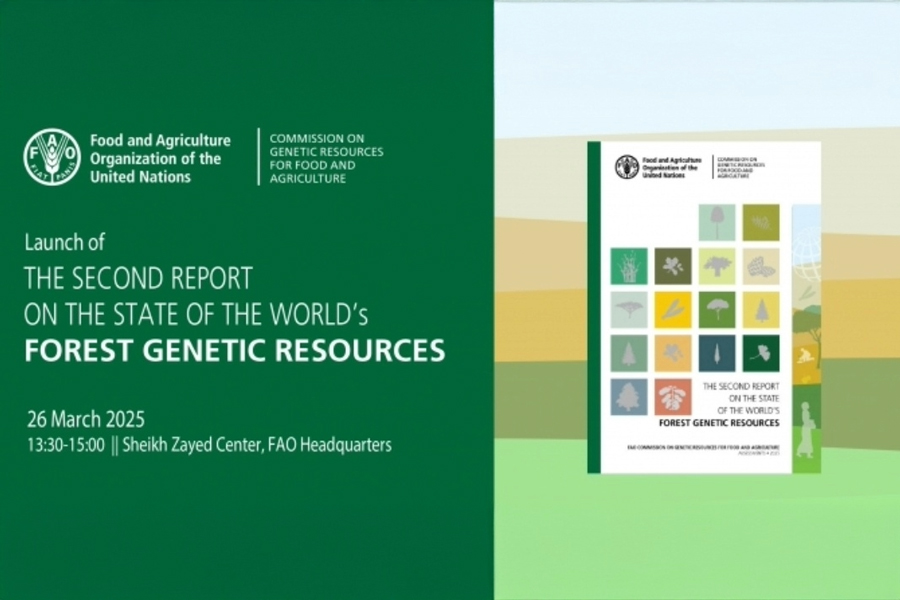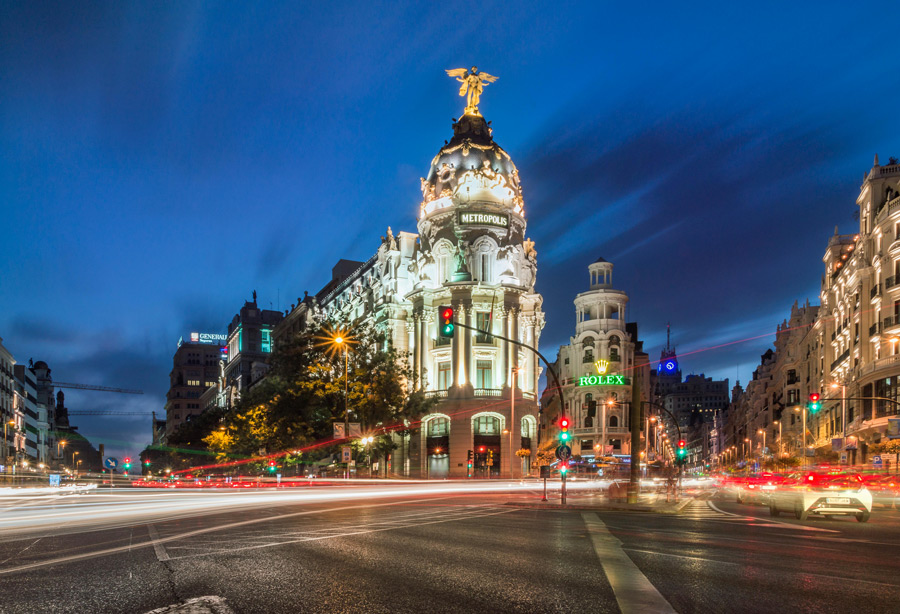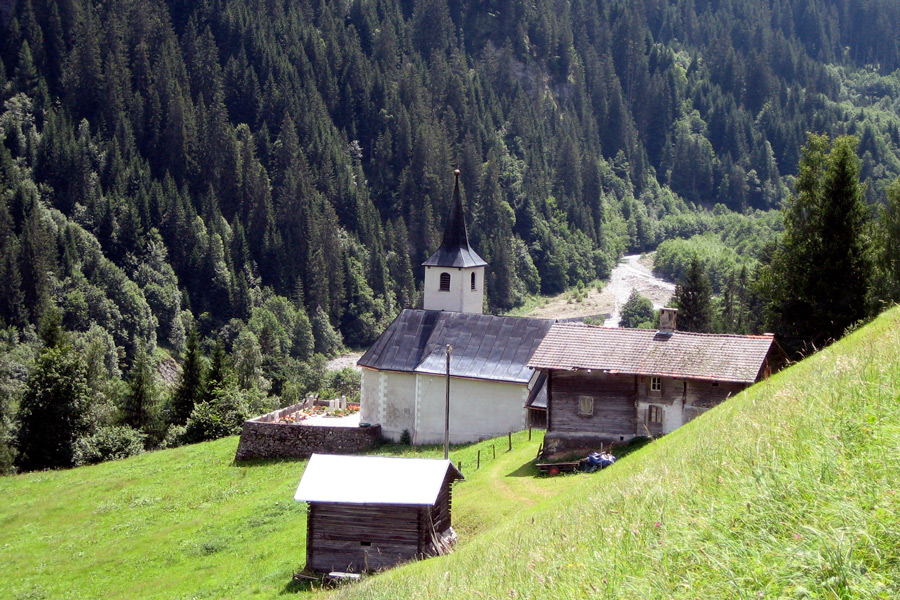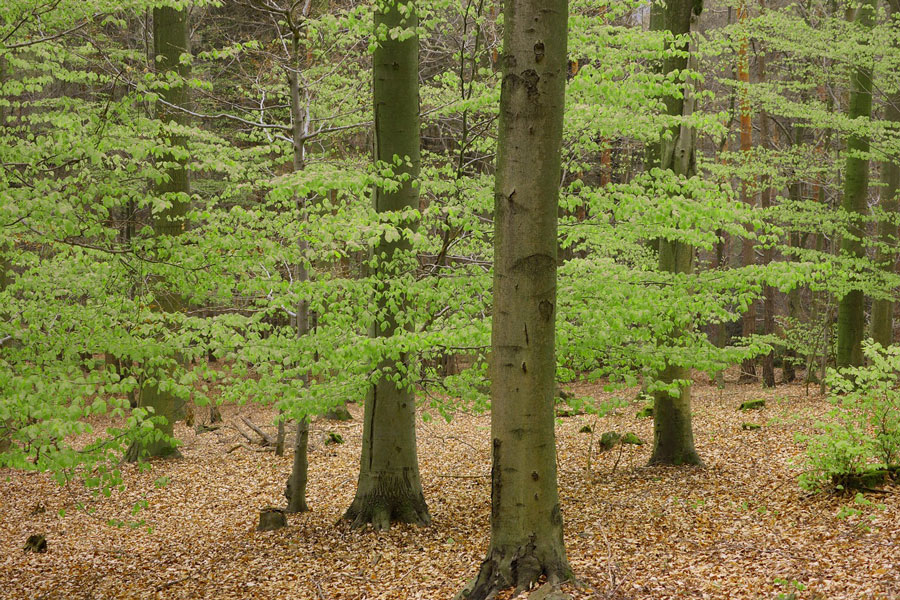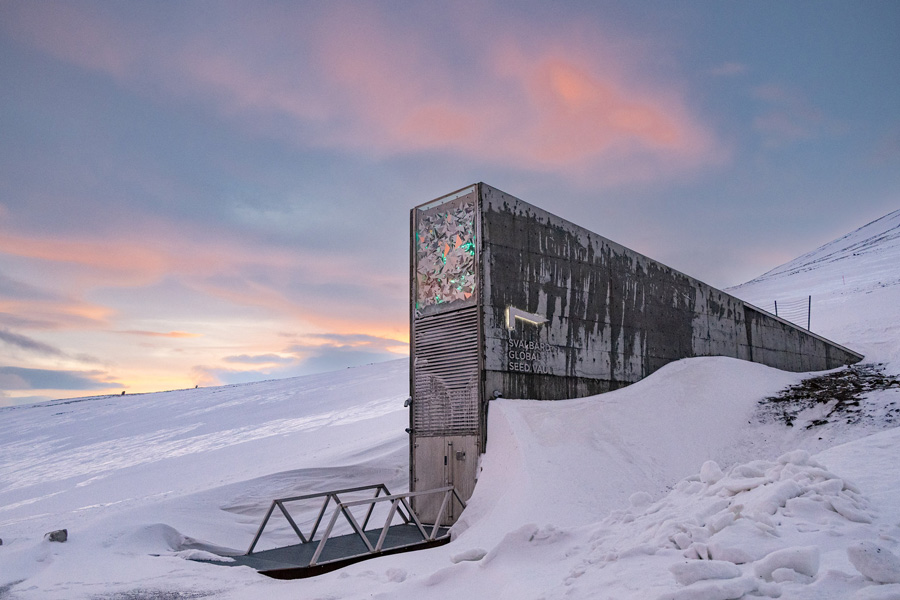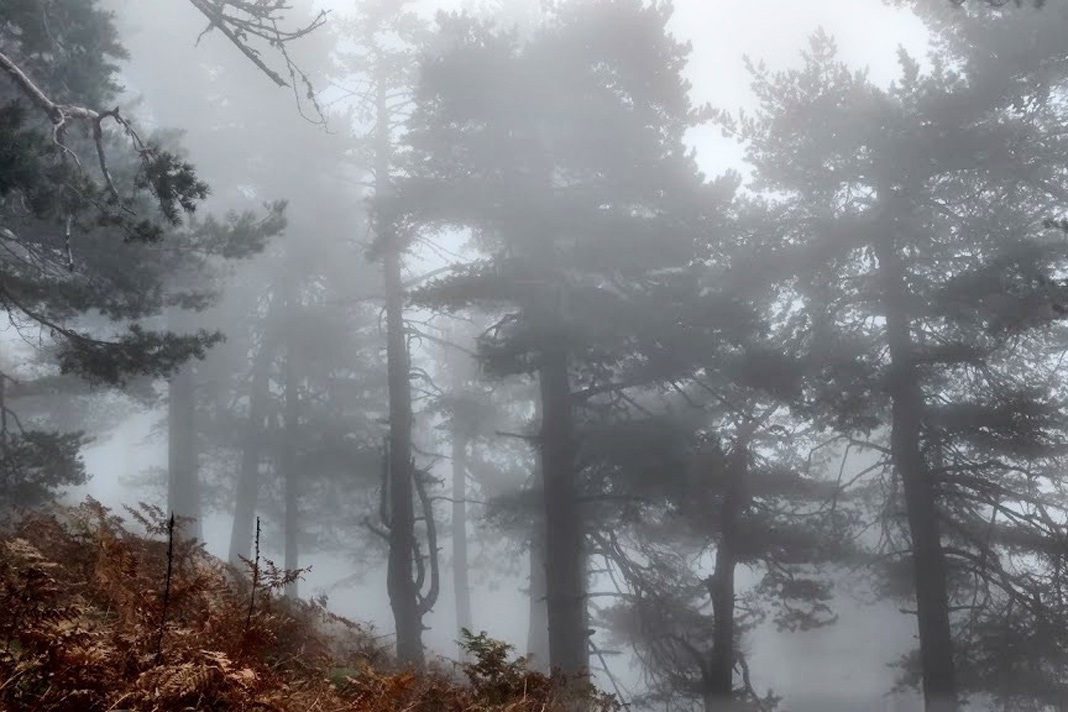Regreening Iceland
Picture, in your mind’s eye, Iceland. You’re more likely to see ice and rock than green forests, and while you might think that the cold and lack of forests are connected, actually it is past land use, rather than climate, that made Iceland treeless.
In the 9th century when the first settlers arrived from what is now Norway, they found a country “forested from mountain to seashore”. Agriculture, and the human need for grazing land and fuel, resulted in deforestation and with it, soil erosion, made worse by sheep overgrazing plants that struggled to survive. Now, thanks to efforts by the Icelandic Forest Service, with the help of forestry societies and forest farmers, trees are once again beginning to cover parts of Iceland, enhancing the economy and the ecology, and also bringing a bit of controversy.
Some of the afforestation results from the spread of native downy birch (Betula pubescens), which is the only native forest-forming tree species, from remnant stands fenced against grazing sheep. But much has involved non-native species, such as spruces, pines and larch: Picea abies, Picea sitchensis, Pinus sylvestris, Pinus contorta and Larix sibirica, and that’s the main cause of controversy. Many conservationists are against the use of non-native tree species for afforestation.
Native birch, however, “simply isn’t productive,” explains Þröstur Eysteinsson, Director of the Icelandic Forest Service and EUFORGEN National Coordinator <link https: www.youtube.com external-link-new-window external link in new>in a recently published video. Afforestation, with native and introduced species, has been gathering pace since the 1950s, but as the film shows, many of the trees that were planted originally, are dying. At the time, existing knowledge favoured parent trees based on their original latitude. The climate has changed, with milder winters, which don’t suit continental provenances. The focus now for the Icelandic Forest Service is on producing seedlings locally, from carefully selected parents.
As a result of planting what he calls “genetically well-adapted material,” Eysteinsson says that “the forests are growing better than anybody ever thought”.
The use of carefully evaluated non-native species is in keeping with an earlier EUFORGEN Working Group on forest reproductive material (FRM), which concluded that “local is not always best”. In places like Iceland, climate is changing so swiftly that trees are not able to adapt genetically in time, so it makes sense to select FRM from pre-adapted populations elsewhere and use breeding to improve them further. In any case, roughly one third of the three million seedlings planted each year is native downy birch, which is very useful for reclaiming eroded land and remains well-adapted to conditions, at least for now. The Icelandic Forest Service has protected one population of downy birch as a genetic conservation unit to supply future FRM, with plans to protect additional stands.
Identifying and producing FRM can be a long process, often too long for traditional reforestation and management. Iceland’s national strategy to produce and make available well-adapted FRM is one of the most valuable contributions a national forest service can make to local foresters and practitioners. Other countries might want to consider similar efforts.
Before the first settlers arrived, forests probably covered 25–40% of Iceland. In the 1950s, forest cover was well below 1%. It has now reached about 2%. Changing climate has raised the maximum elevation for productive forestry by about 100 meters since the 1980s, meaning that 30–40% of the country could theoretically support woodlands. The official goal of Iceland’s National Forestry Strategy is much more modest, 12% forest cover by 2100, with the use of selected non-native species ensuring resilience and sustainability.
Related News
Related Links
- Iceland - country page
- Use and transfer of forest reproductive material - a publication examining the selection of suitable FRM in Europe
- Using forest genetic resources
- 'Afforesting Iceland' on National Geographic
- Vikings razed the forests. Can Iceland regrow them? (New York Times, 20 Oct 2017)
- Photos from Iceland showing forestry work



